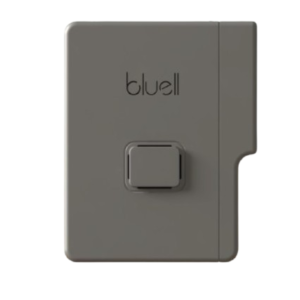Description
Smoke alarm is a life-saving device designed to detect smoke, a key indicator of fire, and provide an audible alarm to warn occupants of the potential danger. Smoke alarms are crucial in homes, workplaces, and public buildings, significantly enhancing fire safety by providing early warning, which can be critical for safe evacuation and minimizing property damage.
Features of Smoke Alarms
- Detection Technology:
- Ionization Smoke Alarms: Ideal for detecting fast-flaming fires. These alarms use a small amount of radioactive material to ionize the air within the detection chamber. When smoke enters, it disrupts the ionization process, triggering the alarm.
- Photoelectric Smoke Alarms: Best for detecting slow, smoldering fires. These alarms use a light beam aimed away from a sensor. When smoke particles enter the chamber, they scatter the light toward the sensor, activating the alarm.
- Dual-Sensor Smoke Alarms: Combine ionization and photoelectric technologies, providing comprehensive detection for both flaming and smoldering fires.
- Power Source:
- Battery-Powered: Simple to install and versatile, making them suitable for various locations. They typically feature a low-battery warning to ensure continuous protection.
- Hardwired with Battery Backup: These alarms are connected to the building’s electrical system, providing consistent power with a battery backup for operation during power outages.
- Interconnectivity:
- Many smoke alarms can be interconnected, meaning when one alarm detects smoke, all alarms in the network sound. This feature ensures that the alarm is heard throughout the building, even if the smoke is detected in a distant area.
- Smart Technology:
- Smart Smoke Alarms: Can be integrated with home automation systems and can send alerts to smartphones or other devices. These alarms provide detailed information about the location and nature of the detected smoke.
- Voice Alerts: Some models include voice alerts that specify the type and location of danger, which can be more effective in alerting and guiding occupants, especially in a large building.
- False Alarm Reduction:
- Advanced smoke alarms are designed to minimize false alarms from non-threatening sources such as cooking smoke or steam, while maintaining high sensitivity to real fire threats.
- Test and Silence Features:
- Test Button: Allows users to check the functionality of the alarm periodically.
- Silence Button: Enables users to temporarily silence the alarm in case of a non-emergency, such as minor cooking smoke, without disabling the smoke alarm entirely.
- Durability and Maintenance:
- Long-life Batteries: Some alarms come with sealed, long-life batteries that can last up to 10 years, reducing the need for frequent battery changes.
- End-of-Life Indicator: Alerts users when the alarm needs to be replaced, typically after a decade of service, ensuring that the alarm is always in working condition.
Smoke alarms are an essential component of any comprehensive fire safety plan. Their ability to provide early detection and warning can save lives and reduce property damage, making them a critical investment for any building.






